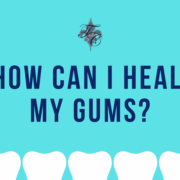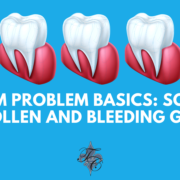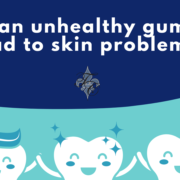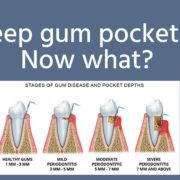Why do my gums bleed when I brush my teeth?
Seeing red in the sink when you brush your teeth? Bleeding gums can be one of the first signs of gingivitis, or early gum disease.
With over 75% of Americans age 35 and older presenting with some sort of gum disease, it’s important to get yourself to the dentist to get evaluated as soon as you experience bleeding during or after brushing your teeth.
Gingivitis can be reversed, but it must be caught early! From our dental team at Tim Chauvin D.D.S. & Associates, here’s what to know about bleeding gums and how to keep your gums healthy.
Gingivitis and gum health
Gum disease usually begins because food is not properly removed from in between teeth, and over time, the food particles start to break down and lead to disease. The first stage, gingivitis, is an inflammation caused by plaque around the gum line. This plaque must be removed by a dentist and is another reason why regular checkups are crucial. In addition to bleeding gums, some other signs to look out for in regards to gum disease are formations of deep pockets between teeth and gums, loose teeth, and a red or swollen gum line. If gingivitis is allowed to advance, it can lead to a myriad of very serious issues, including tooth loss.
Although bleeding gums usually point to gingivitis, your bleeding may also be caused by a systemic illness or other issue. These could include:
- diabetes,
- hormonal changes due to pregnancy,
- chemotherapy treatments,
- use of tobacco or certain prescription medications, or
- irritation of canker sores in the mouth.
Your dentist can evaluate you to properly diagnose the cause of your bleeding gums.
What to do to prevent bleeding gums
Regular and consistent oral care and dental visits are always the most effective way to prevent gum disease. Floss and then brush your teeth 23 times daily and be sure you are using a soft-bristled toothbrush. Be gentle with the pressure you apply when you are brushing your teeth. Don’t be overly aggressive when you floss. Visit your dentist at least every six months, even if your teeth and mouth feel fine, and come in to see us as soon as you notice you’re having any issues.
Contact Dr. Tim Chauvin’s office today
Our team is adamant about oral health and eager to help anyone struggling with an issue. Call us today to make an appointment so we can tackle any problems you might be having – together!




